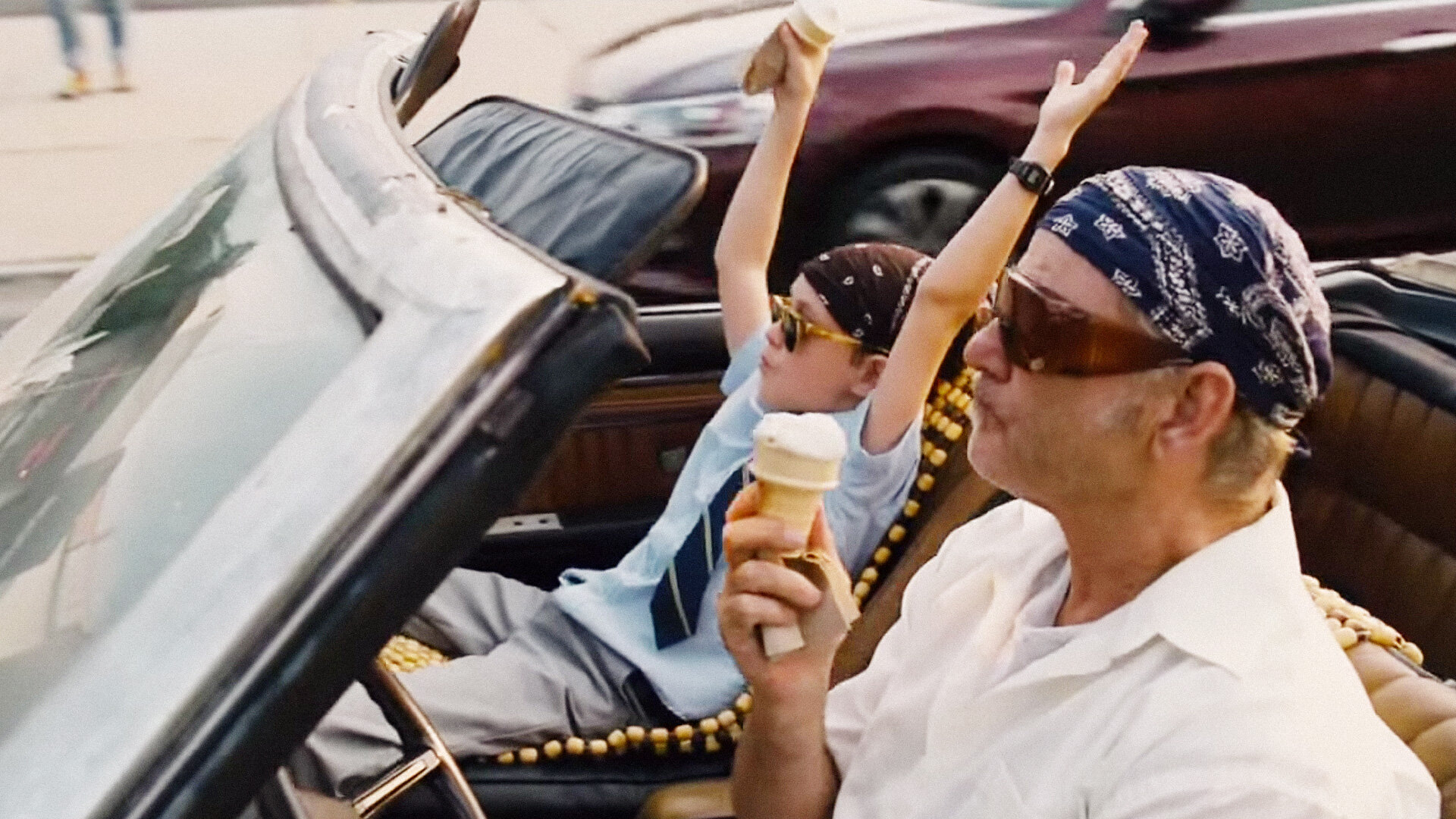At the Dinner Table: ST. VINCENT
The dinner table; a place for families, friends, acquaintances, and strangers to meet and break bread, settle business deals, discuss the days behind, and the days ahead. For as longs as I can remember and surely many hundreds of years beyond that, the dinner table, in whatever shape it may have been, was and still is a place of connection.
Often, movies are a thrill-ride that last 160 minutes, a fleeting moment, here and now, a sun shower that is all but gone but for a faint dew upon the blades of grass. But then there are times that a film can completely cause a viewer to be absorbed in the moment and be impacted long thereafter. St. Vincent is one of those movies that will live with you for as long as you entertain yourself with cinematic visuals. It is often said that for drama to be effective, there must be elements of laughter, sadness, anxiousness, and many other emotions. A singular note causes one to become numb and bored. There must be a symphony of emotions beautifully and elegantly played one after the other to truly evoke a lasting emotion in a viewer or reader. St. Vincent is the score of music and we the dapperly dressed orchestra goers are wowed by the harmony and control; moved by the power and complexity.
Throughout the film we see the overworked and stressed Maggie try and keep together her small family by ensuring that she and Oliver have a sit-down meal. Although she is successful sometimes at doing this, there is an obvious tension between her and Oliver. This is the first time the two of them have been together long-term without David, the husband and father. We get to take a look into a family that seems incomplete; a family trying to understand its new situation. The director uses these dinner scenes as a way to show dysfunction within the new family. It is a way to quickly and easily convey to a viewer that they are so messed up they can’t even have a sit-down meal together. We only need to see this scene once or twice to understand that there is chaos and disorder. We often see this done by directors as a way to show a character or group that is about rebel against a family or figurehead within the nucleus. However, the director used these scenes throughout as a way to show that Oliver was unsettled with his new school and Maggie her work.
Fast forward to the ending. The closing scene of St. Vincent takes place at the dinner table at Vincent’s home. The dinner table was chosen as the final scene for a specific purpose. It has often been used as a place to unify a broken family. In many movies where a dysfunctional family is shown, they often congregate around a meal and for a minute come together, no matter their differences or grievances toward one another. Harmony can be seen among the motley bunch as they bite into green bean spaghetti. As intended, this ties the seemingly separate groups into one and brings the story to an end.
Film Still of St. Vincent from The Weinstein Company

